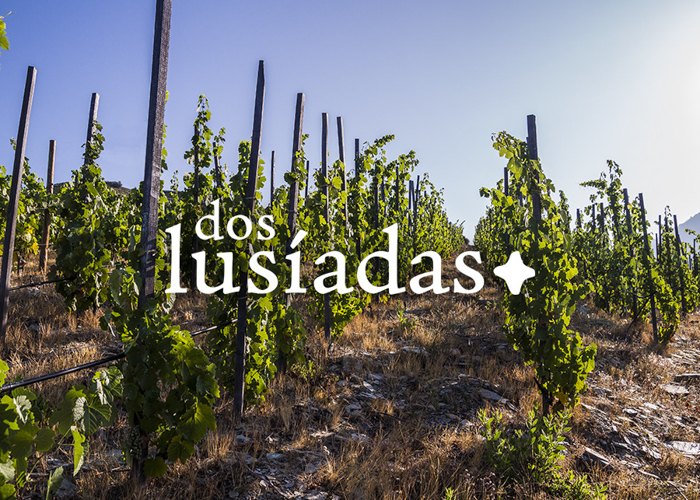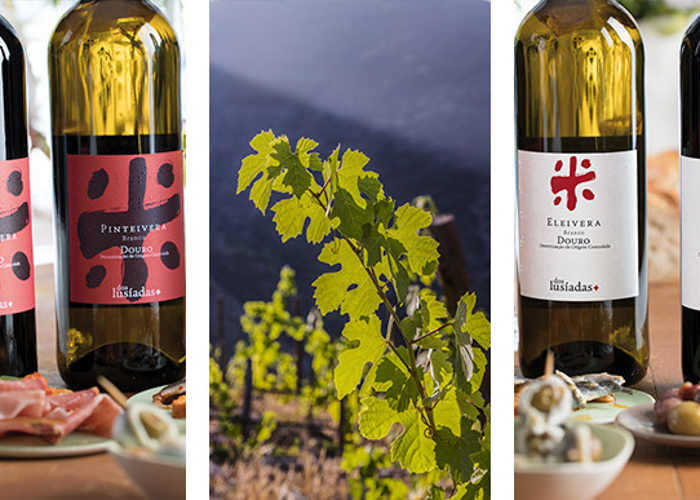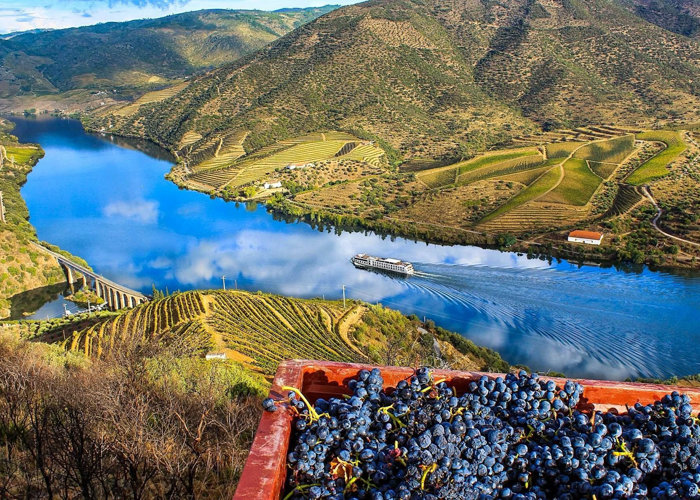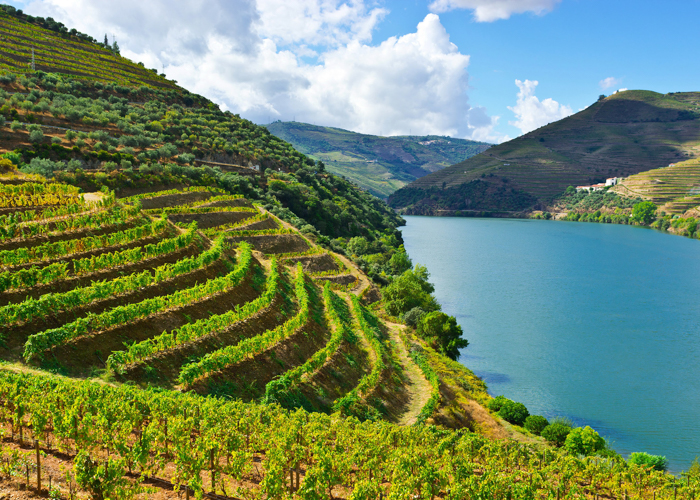Dos Lusiadas
In 2009, Michel Chapoutier picked out a plot in the Douro Valley; very small plot of 7 acres but full of promise known as Eleivera. Here, the winters are tough, the summers are long with dry heatwaves. To get sufficient output, Michel Chapoutier joined forces with local producers and worked with them to grow Touriga Nacional, the king of Portuguese grapes.
Long famous as the source of port wine, the Douro is now also renowned for its fine, rich unfortified wines, both red and white. This is one of the wildest, most mountainous and rugged wine regions of Portugal, cut through in deep twists and turns by the River Douro. Defying gravity on the steep slopes along the banks of the river and its tributaries, the vines are planted in poor, schistous soils. The Douro valley was the first region in the world to receive the AOC label. Alto Douro is also on UNESCO’s world heritage sites list. Here, the quality of the grape is protected by a decree-law dating back to 1756. Amongst its other attributes, this mountainous region and its diverse climatic influences allows a very varied range of crop growing, at different altitudes. The red wines produced by Dos Lusiadas are exclusively from the Touriga Nacional grape, s a variety of red wine grape, considered by many to be Portugal's finest grape. This low-yield grape delivers a well-structured wine with good potential for laying down. The whites are made according to the purest Douro wine traditions, from a mixture of traditional Portuguese grapes. They offer astonishing complexity, which is as easy on the nose as it is on the palate.
The Soil: For the most part these soils are made up of schist, with variable surface alterations dating from the Cambrian age, at the beginning of the primary era. Their good clay and loam base lend character to top red wines and port. And then, on the north bank of the Douro, there is an area that has evolved more, allowing granite to form: particularly suitable for white wines that manage to be fresh and concentrated at the same time.
The Climate: The region is reputed for its tough winters and dry summers, with vast differences of temperature between day and night. These special conditions afford the wines their floral, fruity and very fresh flavors: the south-facing plots developing complex flavors, and the north-facing plots bringing that ripe acidity so characteristic of its wines.




